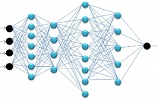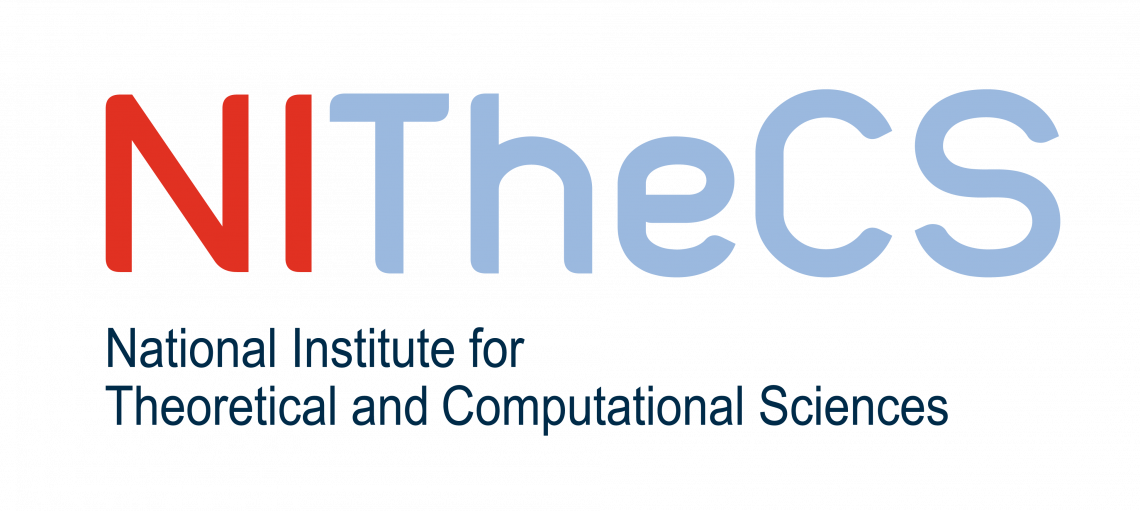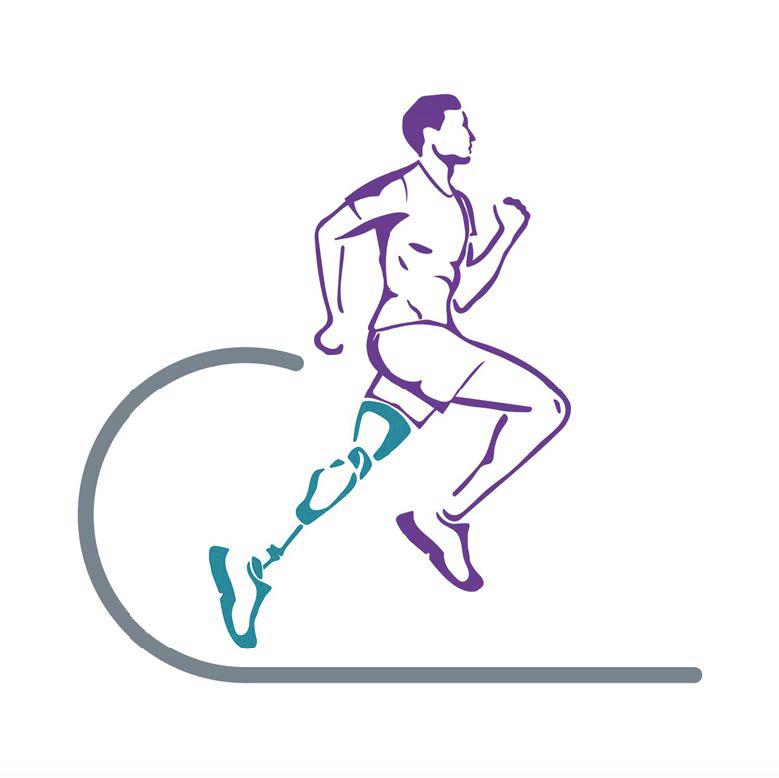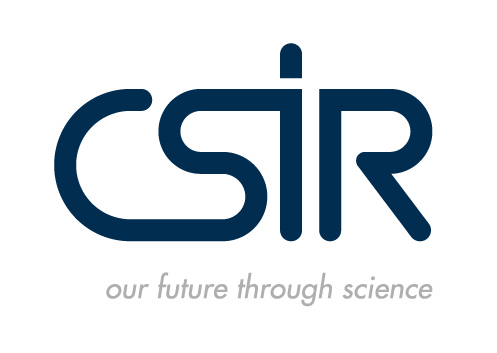DL Theory
Generalisation in Deep Learning

A long-standing theoretical interest in our group is generalisation - that is, how exactly information learned on a training set of samples is transferred to novel inputs. This is particularly relevant in the context of Deep Learning: Deep Neural Networks (DNNs) have become extremely successful at solving real-world tasks, even though there remain main open questions on exactly how this is achieved. Currently, MUST students are studying the essence of the learning process of different types of deep networks, investigating how factors such as learning algorithms and network structures affect generalisation.We typically use popular deep learning tools (such as Pytorch and Tensorflow) to explore specific questions on new and existing data sets.
Knowledge Discovery in Time Series Data (NITheCS)

Machine learning in support of Theoretical and Computational Sciences is a research programme of the National Institute for Theoretical and Computational Sciences (NITheCS). Collaborators include researchers from diverse fields at UCT, UKZN, UJ, SU, and NWU.
A core focus of the programme is on deep time series modeling and interpretation. Time series data is ubiquitous in science and engineering fields and understanding the processes underlying them is often opaque when compared to other domains (e.g. computer vision). Successfully modeling time series data with DNNs is a particularly sophisticated problem and explaining them even more so. The goal is to investigate, develop, and implement advanced techniques to allow researchers and practitioners alike to extract insight from their time series data. In order to foster efficient collaboration and sustainable research efforts we have developed an expandable toolkit (KnowIt) for both method development and applied use. It is being extended and maintained by senior researchers within MUST Deep Learning, and used by students exploring time series related research topics.Applications of DL
Beyond Limits

Towards Real-Time Prosthetic Hand Control Using sEMG and Machine Learning
MUST Deep Learning is collaborating with Beyond Limits Research group to investigate the use of surface electromyography (sEMG) signals to predict hand positions and motions using machine learning. The aim is to enable a prosthetic hand to mimic natural hand movements in real time. A particular focus is placed on the comfort of the end user by reducing response latency and shifting from gesture classification to joint-level regression. This approach enables more nuanced and continuous control of prosthetics, paving the way for greater functionality and natural interaction.
Co-supervisor: Mr Ian Thomson (Beyond Limits Group), North-West University

Improving Sign Language Translation Through Unsupervised and Semi-Supervised Pretraining
In collaboration with Prof. Mohohlo Tsoeu from the Durban University of Technology, we are investigating how unsupervised and semi-supervised learning techniques can enhance sign language translation (SLT) systems. By pretraining on large-scale unlabeled or partially labelled data, the study seeks to improve both the data efficiency and performance of SLT models. This is especially crucial in domains where annotated datasets are limited. The research contributes to building more accessible and robust language technologies for the Deaf community. This project is sponsored by Sentech.
Supervisor: Prof. Mohohlo Tsoeu (Durban University of Technology) | Sponsor: Sentech
DL for Agriculture

Biometric Cattle Identification Using Deep Neural Networks
In response to the ongoing challenge of cattle theft, this project explores biometric identification of bovines using deep neural networks (DNNs) trained on facial and muzzle pattern features as unique as human fingerprints. This technique provides a reliable, image-based method of verifying animal ownership, which could be admissible in legal settings. The project is carried out in collaboration with the NWU Engineering AgriSystems Research Group. Learn more.
Co-supervisors: Prof. Rojanette Coetzee (AgriSystems Research Group), Dr. Coenraad Mouton (University of Kiel)
Space weather prediction

Together with the Space Science directorate of the South African National Space Agency (SANSA), we investigate the applicability of DNNs for modelling various space weather phenomena, such as predicting geomagnetic disturbances from solar wind parameters, or predicting the eruption of solar flares from images of the sun. An important goal of this work is ‘knowledge inference’: studying ways in which the developed models can be interpreted in novel ways in order to shed light on the underlying phenomena.
Speech and language processing

MUST collaborates with the University of Limpopo on natural language processing tasks, currently the development of large language models for under-resourced languages. We also have a track record working with Saigen to solve real-world speech analytics problems through the application of deep learning techniques. Examples include using DNNs to improve automatic speech recognition and speaker diarisation (identification of individual speakers) on heavily compressed or poor quality audio files, and the study of DNN-based word embeddings for more accurate language modelling.
Speech processing tools are not only applicable to human speech and language: with Prof Jaco Versfeld from Stellenbosch University we are investigating the use of end-to-end DNN systems for whale call detection and classification. Audio data collected through passive acoustic monitors in False Bay sheds light on the movement of local whale species, information that supports marine monitoring and conservation. Our role is to develop tools to contribute to this process.
Industry applications of deep learning
DNNs have wide application in industry. As part of our industry programme, we investigate the ability of DNN-based tools to solve very specific tasks in close collaboration with external domain partners. In these cases, the industry partner contributes the domain knowledge, and MUST researchers tailor deep learning models to address the specific challenges posed by the task.
Channel state estimation
Together with Prof Albert Helberg and the NWU Telenet Group, we investigate the abilities of deep learning methods in the telecommunications domain. Specifically, we consider the applicability of generative adversarial networks to channel estimation and equalisation over wireless channels such as WiFi. We hope to further extend the application and usefulness of deep learning methods to additional telecommunication tasks.
Completed projects
SpotD
This is a Technology Innovation Fund (TIA) funded project that is developing an automated image change detection platform for a wide range of application domains including diagnostics, integrity verification, and remote sensing. The project seeks to streamline the image comparison process, resulting in time savings and improved robustness and accuracy. By leveraging advanced image processing technologies, the platform aims to provide professionals with a user-friendly interface to analyze and compare images efficiently, using the right tools for each particular use case. The project's focus on practical applications makes it a promising venture with the potential for impact in various industries.
 Sailplane cross-country performance optimisation
Sailplane cross-country performance optimisation
In collaboration with Jonker Sailplanes, we are developing a framework for optimising sailplane cross-country performance with DNNs. Traditional sailplane performance optimisation is a slow and computationally expensive task as it requires the integration of multiple simulation packages and function evaluations for multiple span-wise stations (parts of a wing) under multiple flight conditions. We are replacing the computationally expensive simulation packages with lower fidelity DNN-based models, in order to reduce the time spent on the preliminary sailplane design and optimisation phase. Dr Johan Bosman, an aerodynamics engineer at Jonker Sailplanes and senior lecturer at the School for Mechanical Engineering of the Faculty of Engineering, co-supervises the study.
 The Babel Project
The Babel Project
The Babel project was an international collaborative project aimed at solving the spoken term detection task in previously unstudied languages. MUST was part of the BabelOn consortium consisting of BBN (USA), BUT (Czech Republic), LIMSI (France), MIT (USA) and Johns Hopkins University (USA).
 The Speech Transcription Platform Project
The Speech Transcription Platform Project
The speech transcription platform project, supported by the Department of Arts and Culture, entailed the development of a Web-based platform that would enable users with varying degrees of sophistication to easily and quickly transform speech in the South African languages to text, with the assistance of the latest in speech recognition technology.
 Google Text To Speech Project
Google Text To Speech Project
MUST collaborated with Google to create new voices for four South African languages. Different female speakers with similar voice profiles were selected as voice contributors. This allowed for voices to be mixed in such a way that the resulting voice would not sound like any specific individual. The datasets were released for further use.
 The SADE Project
The SADE Project
![]()
The SADE project, supported by the Department of Arts and Culture, the Technology Innovation Agency and commercial partners, developed a fully South African directory inquiries system, specifically built to deal with South African accents and names.
 The V-BAT Project
The V-BAT Project
The V-BAT project was carried out in collaboration with the Web Foundation and One World South Asia and funded by the Rockefeller Foundation. It investigated the applicability of speech technology in helplines designed to assist small farmers in India with relevant, reliable and up-to-date information.
 The VOICES Project
The VOICES Project
The EU-funded VOICES project developed speech technology, use cases and business models involving voice technology in two application domains (health and agriculture) in West Africa. MUST researchers were particularly involved in developing and assessing speech recognition and speech synthesis in two of Mali’s languages, namely Bambara and Bomu.
 The Lwazi Project
The Lwazi Project
The Lwazi project, funded by the South African government, was a large-scale project to develop speech technologies, and their applications, for South Africa’s eleven official languages. This project was carried out under the leadership of the CSIR Meraka Institute, and produced a wide range of open-source tools, public-domain resources and generally accessible applications. MUST and the CSIR Meraka Institute also collaborated on resource development for the National Centre for Human Language Technologies (NCHLT) in developing extensive, high-quality speech resources for public use. Many of these resources are now available for public download from the Resource Management Agency (RMA).
